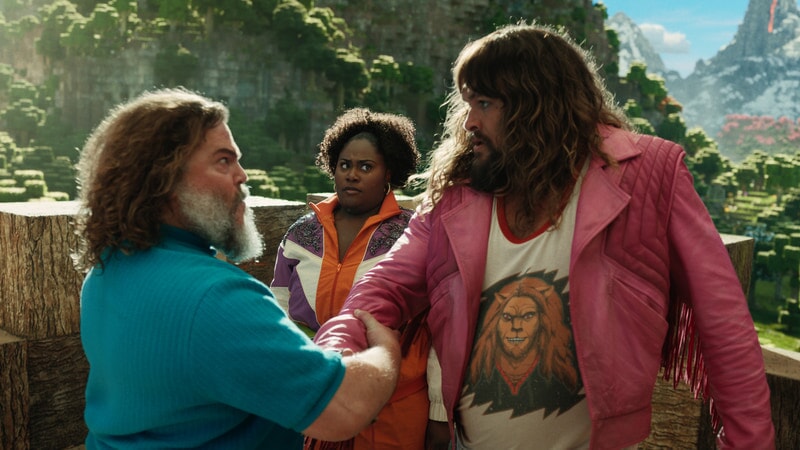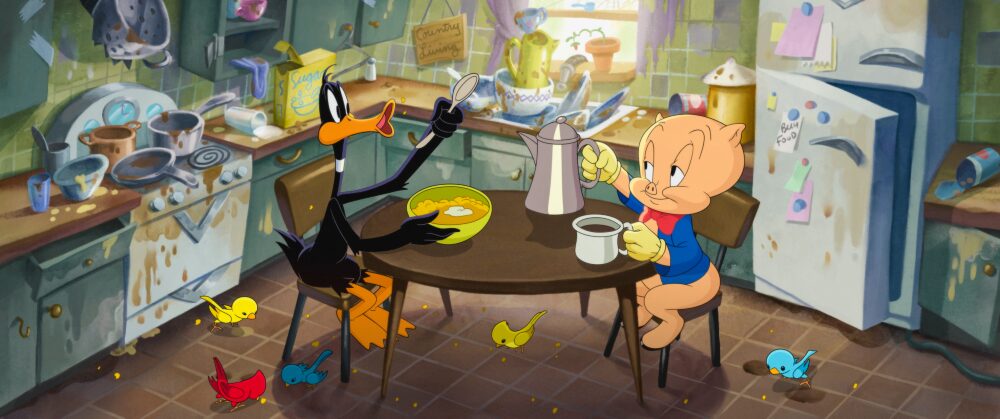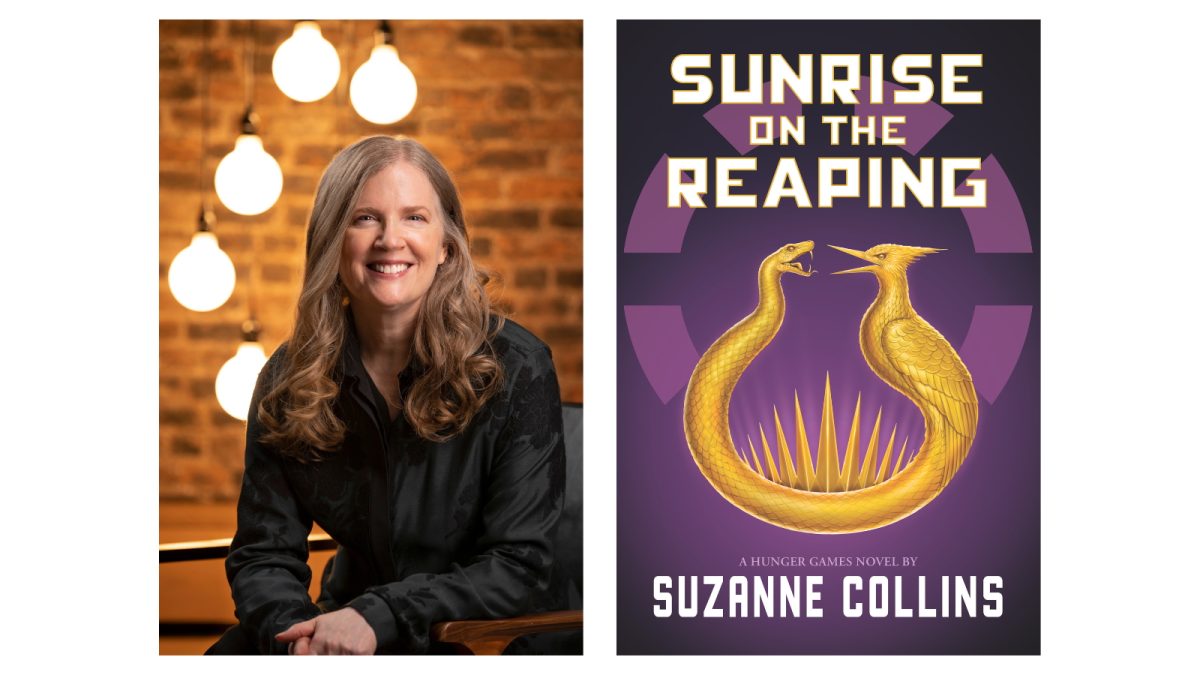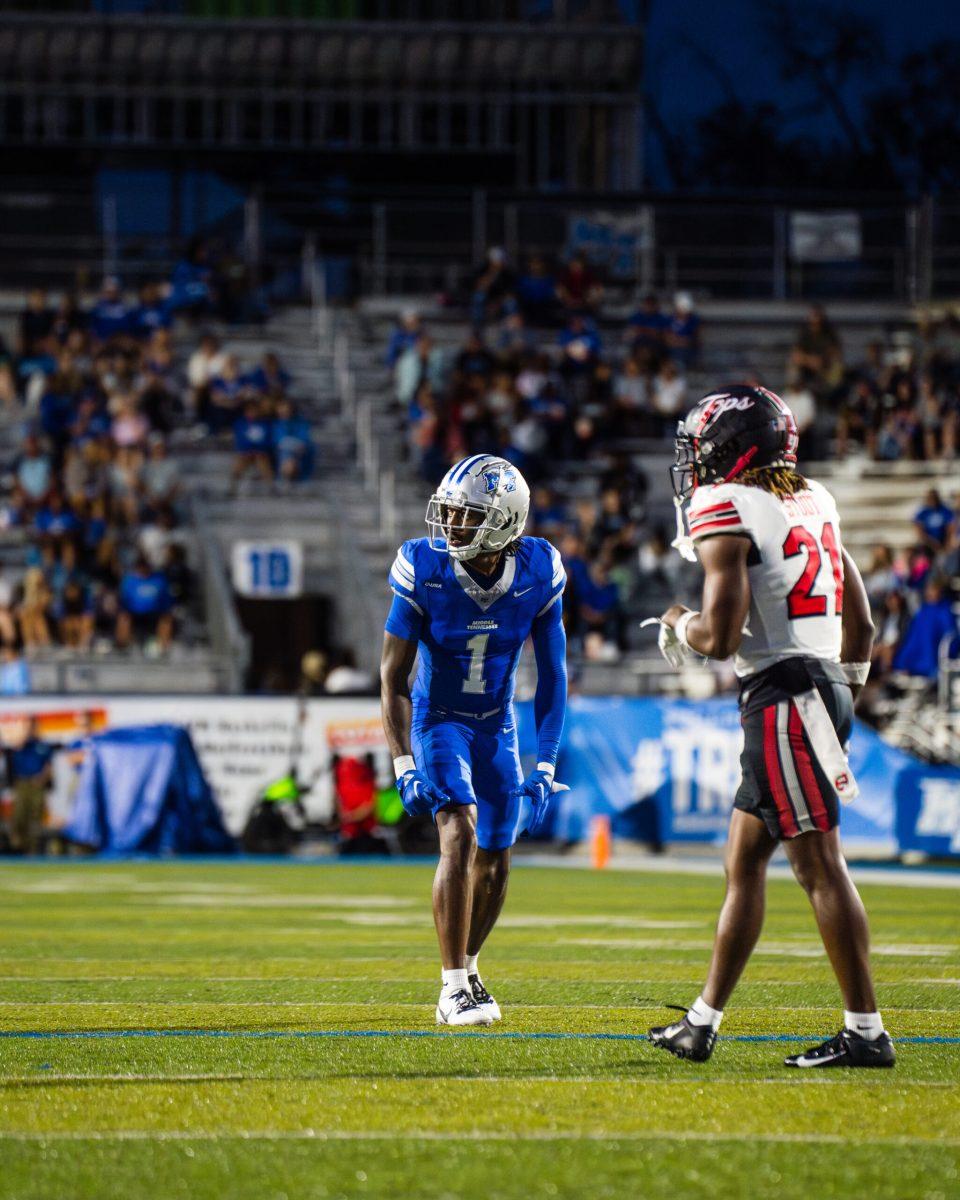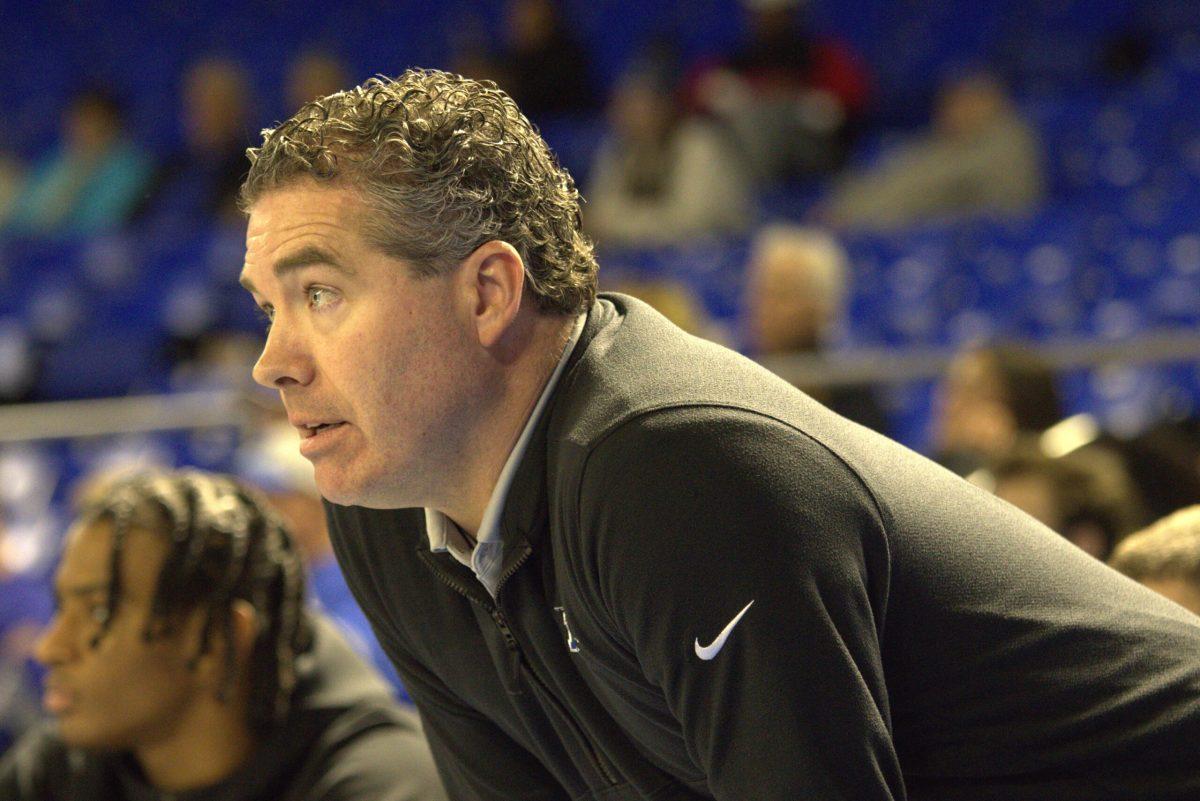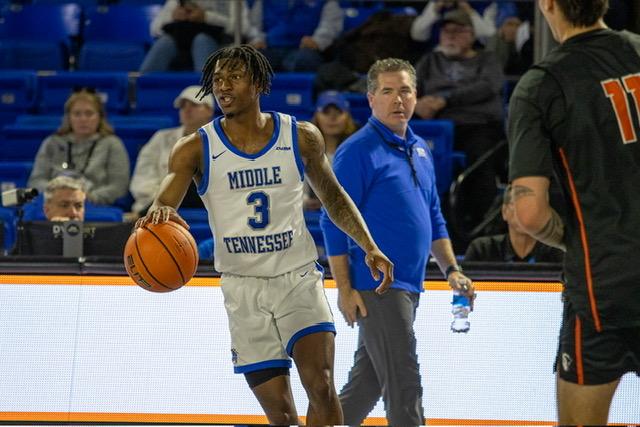Photo Courtesy of FilmDistrict
Story by Andrew Wigdor / Assistant News Editor
A flourish of music. Dynamic framing. Intense lighting. Slow motion. These are all elements of an emotionally charged, exciting movie moment. Many directors attempt to craft these critical moments to provide their films with a visceral punch. However, not all these directors are able to make an emotional impact on their audience through these scenes. There have been many times when audience members have sat down to watch a film, such as Michael Bay’s “Transformers” or Roland Emmerich’s “Independence Day,” and, within these movies, there are failed attempts at an emotionally gripping moment. An important character will find themselves in grave danger and the director will drastically shift the tone of the sequence with stirring music and slow motion. But, unfortunately, the character’s predicament reaches no one but the people involved in the film. Why is this? What is the key to creating an artful moment that actually moves people or changes their perspective? The answer is quite simple: emotional moments must be earned.
That is a seemingly abstract concept, but the ability to truly earn a scene is what makes a meaningful moment. A fantastic example of an earned movie moment is the elevator scene from Nicolas Winding Refn’s art house action film “Drive.” To set the scene, as they say, the elevator scene is preceded by approximately an hour of the film. Within this time, “Drive” establishes the main character as a talented yet troubled young get-away driver for thieves and criminals. Played by Ryan Gosling, the character is never provided a name and is only known as “The Driver.” Despite his lack of an official title and minimal lines of dialogue, much of the film is displaying The Driver’s yearning for a stable, normal life and his growing love for his beautiful neighbor.
His neighbor, Irene, is raising her child by herself because her husband was jailed for drug charges. The Driver steps in to emotionally support both Irene and the child, acting as a father-figure and a stable companion. When Irene’s husband returns, he is in too deep with the wrong people, and this prompts armed men to come after Irene. Ryan Gosling’s character then finds himself in an elevator with Irene, and he notices that the stranger riding with them has a gun. In just a few seconds, the lights dim, the music flares, and The Driver kisses Irene for the first time. Directly after the passionate moment, The Driver attacks the armed man and brutally kills him. Other important scenes come after this moment, but it is, in fact, the emotional climax of the entire movie.
In this sequence, a slow, romantic mood and pace are snapped into ultraviolent action and gore, but the tonal shift is far from unintentional. The Driver is trapped between two sides of himself and two ways of life. Crime and violence are on one end, and love and stability on the other. He is ultimately forced to choose the latter, but he dreams of a life where he can be with Irene and never reveal his violent past to her. This is the catalyst of all emotion in the film. The Driver’s deepest hopes, dreams, failures and fears are revealed in the sequence, and once he reveals everything he is and everything he has become to Irene, he knows he can never have her. That is why the critical moment where he kisses her means so much in the context of the film. The kiss is the embodiment of his intense desire to abandon the life he stumbled into. It is an embodiment of his desire to bring stability to not only his life but to the life of the woman whom he loves. And, directly before that moment, he realizes that none of that is possible. This is why a movie moment truly works. The moment is supported by the events that occur afterward, but, more importantly, it is supported by the events that came before. The film slowly follows The Driver and Irene as they grow together and begin to rely on each other. When a moment is shouldered by character development and human experience, it will always shine. If the elevator scene had simply relied on it’s stylish music and imagery to relay an emotional impact, then it would have fallen flat. The movie took its time with the characters and it took its time with the audience to deliver something that can reach others on multiple levels.
Filmmaking is about technique, but it is also about people. Style needs to work hand-in-hand with substance. When everyday people watch a movie, they see themselves through the characters. They see themselves as villains and heroes. They see themselves as weak, and they see themselves as powerful. This connection is how a movie moment is earned. When a director takes his or her time with a character, they are taking his or her time with the audience. Everybody wants something different, so different moments in film will affect people in varied ways. However, to be impactful, these moments need a stable foundation. Style can only go so far, and in a world of Hollywood cash-grabs, sequels, reboots and unoriginal ideas, we need more substance than ever.
For more updates, follow us at www.mtsusidelines.com, on Facebook at MTSU Sidelines and on Twitter/Instagram at @Sidelines_Life.









